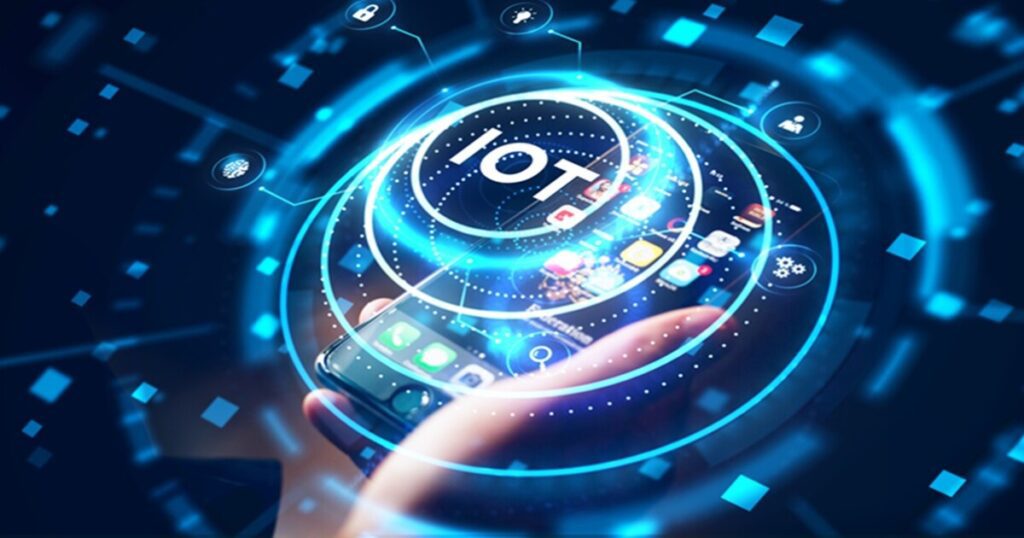AI risk management for smart home security

AI brings incredible comfort to our lives, but it also brings new risks, especially regarding privacy and security. Every voice command and motion sensor reading sends tons of personal data through AI systems. This causes real concerns about data privacy and security weaknesses.
Tackling these risks requires a distinct knowledge of how AI operates in smart homes, the challenges it introduces, and effective ways to manage AI risks.
This article explores how AI boosts safety and security in smart homes, breaks down potential risks, and offers practical tips to handle them with confidence.
How AI enhances safety and security in smart homes
“[For] homeowners who added AI-powered security [it] is just not about safety. It’s boosting your property’s value and bringing real peace of mind,” shares Sal Dimiceli, owner of Lake Geneva Area Realty. With 40 years of experience as a real estate broker and investor, he says, “In today’s market, a secure, smart home stands out and truly makes an impact.”
AI security has taken smart home safety to a whole new level. It provides peace of mind and real-time protection. Here’s how:
AI-powered security cameras
These cameras are more than just eyes, they’re smart enough to know the difference between harmless movements, like your pet wandering by, and real risks, like an unfamiliar face at the door.
Smart doorbells
Equipped with facial recognition, these doorbells notify owners the moment a stranger shows up. Many models now include two-way communication, allowing homeowners to talk directly with visitors, even from afar.
Facial and voice recognition systems
Today’s systems give access only to trusted people. With facial and voice recognition, owners can know who’s coming and going without any surprises.
Smart sensors
AI-powered sensors stay alert to unusual changes, like sudden temperature shifts or strange sounds. They’ll send instant notifications about potential dangers, from fires to break-ins.
AI brings a boost to smart home security with real-time monitoring and recognition features.
But it also comes with its risks: privacy gaps, cybersecurity threats, and the worry of personal data being exposed. One glitch and a home could be vulnerable to unwanted access.
Balancing AI’s benefits with a smart approach to risk management is essential.
Potential risks of AI in smart homes
AI-powered smart home tech brings tons of benefits, but there are some risks involved.
Privacy risks
AI devices gather and handle personal data, usually storing it on cloud servers.
Potential Impact: If data lands in the wrong hands, it could lead to identity theft or leaks of private information.
Cybersecurity risks
Connected devices are targets for hackers. This can put an entire smart home at risk.
Potential Impact: Hackers might disable alarms, unlock doors, or access cameras. This is a major security concern.
System reliability
AI systems can fail due to bugs or technical glitches.
Potential Impact: A glitch could disrupt everyday tasks or even leave a home exposed at critical moments.
Device compatibility
Not every device is compatible. This creates security and performance gaps.
Potential Impact: Incompatible devices may cause system breakdowns or security holes. It affects the home’s overall safety.
So, artificial intelligence in smart homes might seem like both a blessing and a curse. Sure, there are risks, but there’s also big potential to tackle these risks head-on.
With powerful data analysis at its core, AI can actually strengthen home security, making homes smarter and more responsive to potential issues.
Analyzing data for AI risk management
AI in smart homes boosts security and offers smart ways to tackle risks by analyzing tons of data. Here’s a quick look at how AI handles data analysis in these setups:
Using multi-layered security
For solid protection, layer up with firewalls, antivirus, and multi-factor authentication across all devices.
AI-powered smart home tech is transforming modern living with unmatched convenience and boosted security. But this tech comes with real risks that require homeowners to be proactive about protecting their privacy and being cyber smart. With a few smart moves, it’s possible to create a safe, efficient and enjoyable space.



